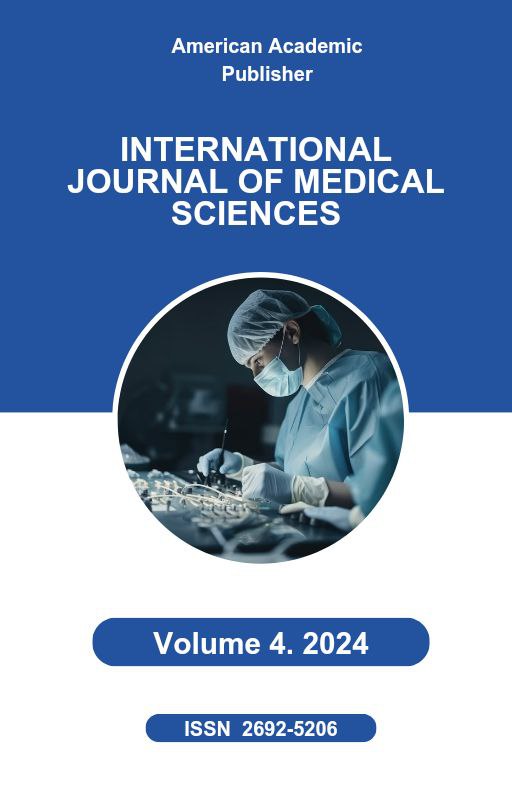 Articles
| Open Access |
https://doi.org/10.55640/
Articles
| Open Access |
https://doi.org/10.55640/
NON-ALCOHOLIC FATTY LIVER DISEASE: PATHOGENESIS, HISTOPATHOLOGICAL FEATURES, AND CLINICAL IMPLICATIONS
Manekshal Bitsh , Independent researcher of medical centre in Dehli, IndiaAbstract
Non-alcoholic fatty liver disease (NAFLD) is a major hepatological disorder characterized by excessive fat accumulation in hepatocytes without significant alcohol consumption. It represents the most common cause of chronic liver disease worldwide, affecting nearly one quarter of the global population. NAFLD encompasses a spectrum ranging from simple steatosis to non-alcoholic steatohepatitis (NASH), fibrosis, and cirrhosis. This article aims to analyze the pathogenesis, histopathological features, and clinical significance of NAFLD, with emphasis on diagnostic strategies and therapeutic challenges.
Keywords
hepatology, non-alcoholic fatty liver disease, steatosis, non-alcoholic steatohepatitis, fibrosis, cirrhosis, histopathology
References
Chalasani N, Younossi Z, Lavine JE, et al. The diagnosis and management of non‐alcoholic fatty liver disease. Hepatology. 2018;67(1):328–357.
Eslam M, Sanyal AJ, George J. MAFLD: A consensus-driven proposed nomenclature for metabolic associated fatty liver disease. Gastroenterology. 2020;158(7):1999–2014.
Younossi ZM, Koenig AB, Abdelatif D, et al. Global epidemiology of NAFLD. Metabolism. 2016;65(8):1037–1046.
Bedossa P. Pathology of non-alcoholic fatty liver disease. Liver Int. 2017;37(Suppl 1):85–89.
Tilg H, Moschen AR. Evolution of inflammation in nonalcoholic fatty liver disease: The multiple parallel hits hypothesis. Hepatology. 2010;52(5):1836–1846.
Article Statistics
Downloads
Copyright License

This work is licensed under a Creative Commons Attribution 4.0 International License.

